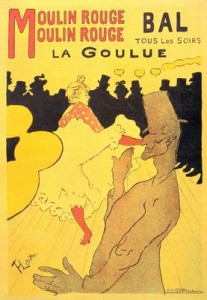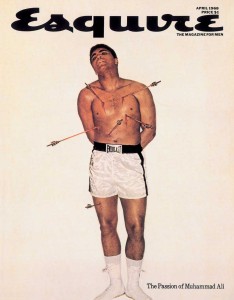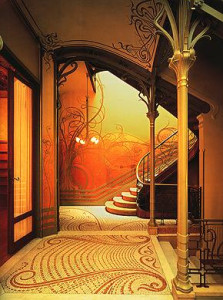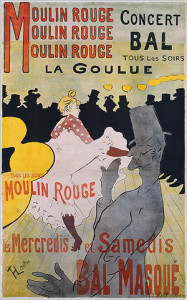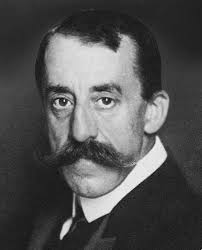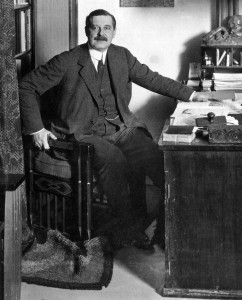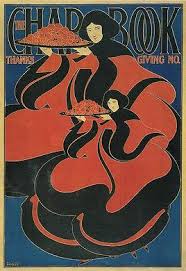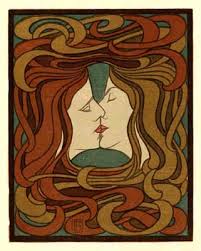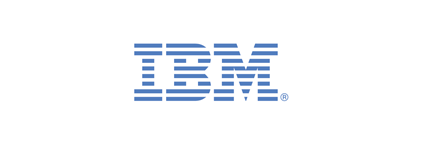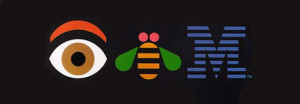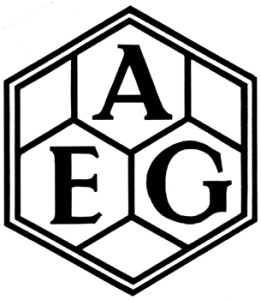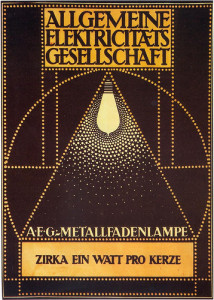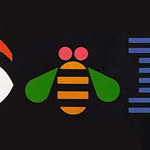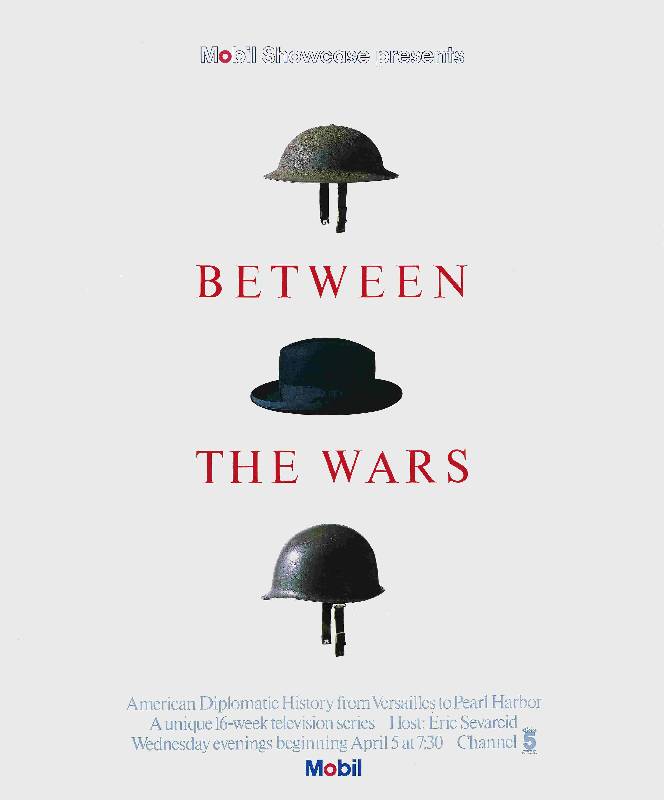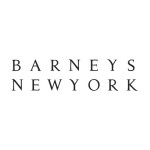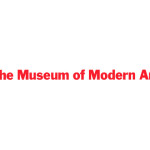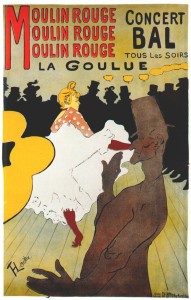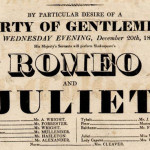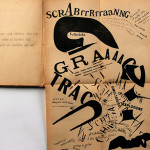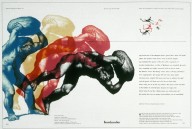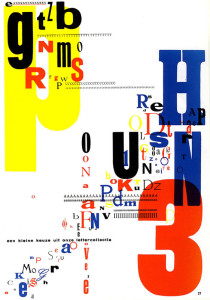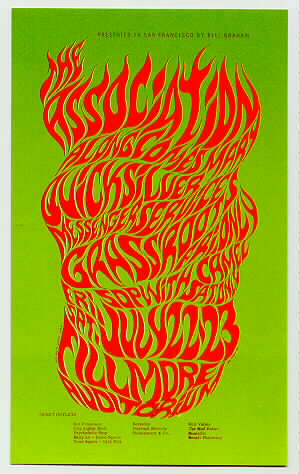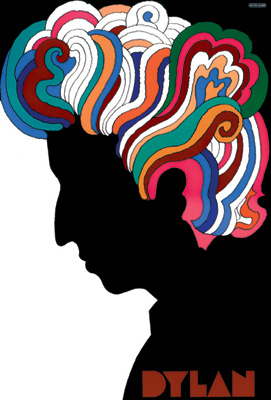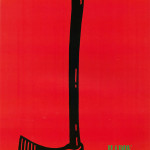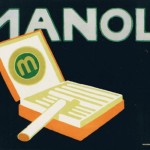Henri de Toulouse-Lautrec (1864-1901) was a French painter, printmaker and illustrator. As and artist he made many strides in the Art Nouveau movement. Throughout his short life Toulouse-Lautrec traveled depicting the fresh nightlife of Paris. Filled with many artists and students Henri had a vast amount of inspiration in Paris. Lautrec’s most influential medium was in his commercial printing, promoting scenes and events in theatre. Art Nouveau was heavily influenced by Japanese art forms and woodblock prints. Lautrec also took influence from these woodblocks in many of his posters. Creating contrast with sharp lines and even exploring typography that was fairly new for the time. Lautrec even slipped in subtle cultural happenings in his posters. For example in his poster “La Goulue” (below) the woman in a happy public setting is expressing discomfort hinting to the feminism movement that was then hitting Europe. Lautrec personally furthered the possibilities of poster arts to have a social and political voice.
Fast forward to 1931 George Lois is born. During his life he was involved in advertising design and the New York School era of design. This is where images, text and type collided together. This type of design brought a new meaning to advertising. Repeatedly putting text with associated pictures, creating continuous campaigns that became very popular. Typograms also steamed for this age of design. George Lois became the art director of Esquire magazine. Lois would go on to create countless influential covers and other pieces of design for the magazine and other companies. One of the most Iconic is the front cover of the April 1968 issue of Esquire Magazine depicting Muhammad Ali shot with arrows. This cover drawing readers in to a very controversial story involving many social issues at the time race, segregation, religion, draft laws and the most talked about man in professional sports.
I chose to compare these two images because even with a large gap in time and leaps of advancement in technology they are portraying in very similar ways with similar concepts. Both a scene of a person followed by text.
“La Goulue” by Lautrec is very simplistic in terms of technology projecting a scene of dancing in France. At first glance it seems as if it’s just that, but with further analysis you begin to see the social undertones. A very joyful dance floor with the only detailed person being an unhappy woman, in a time of progression of women’s freedoms and feminist advancements. This woman stands alone and she comes along with a subtle yet interesting message leaving you curious. This was the beginning of mediums such as this carry a voicing message.
I compared it to the Esquire cover because I feel as if the “La Goulue” poster paved the way for more evocative covers such as the Muhammad Ali Esquire to come. This cover by Lois and photographer Carl Fischer cannot be ignored. The most controversial man in sports is standing alone in front of you bleeding from multiple arrows sticking out of him. He is in a position similar to the one of Jesus Christ on the cross. This screams a thousand times louder than Lautrec’s message but the end result is similar. It leaves you wondering why this African American Gold medal boxer is being shot with arrows. Lois leaves Muhammad the main focus of the page seemingly tacked to page. The magazine title left behind him leading you to more information. You start to ask yourself is it about race, his change to a controversial religion, or is it about his battles to avoid the draft.
The 77 years that separate these two covers or posters shows the change in technology of printing and freedoms of press. The messages are very different in volume but without Lautrec’s poster with a subtle message you don’t have Lois’s screaming cover. Both of these designs show text with an image and most importantly a message that came on a widely available piece of press.
Henri de Toulouse-Lautrec “La Goulue” 1891
George Lois Art Director And Carl Fischer Photographer Esquire Magazine April 1968
